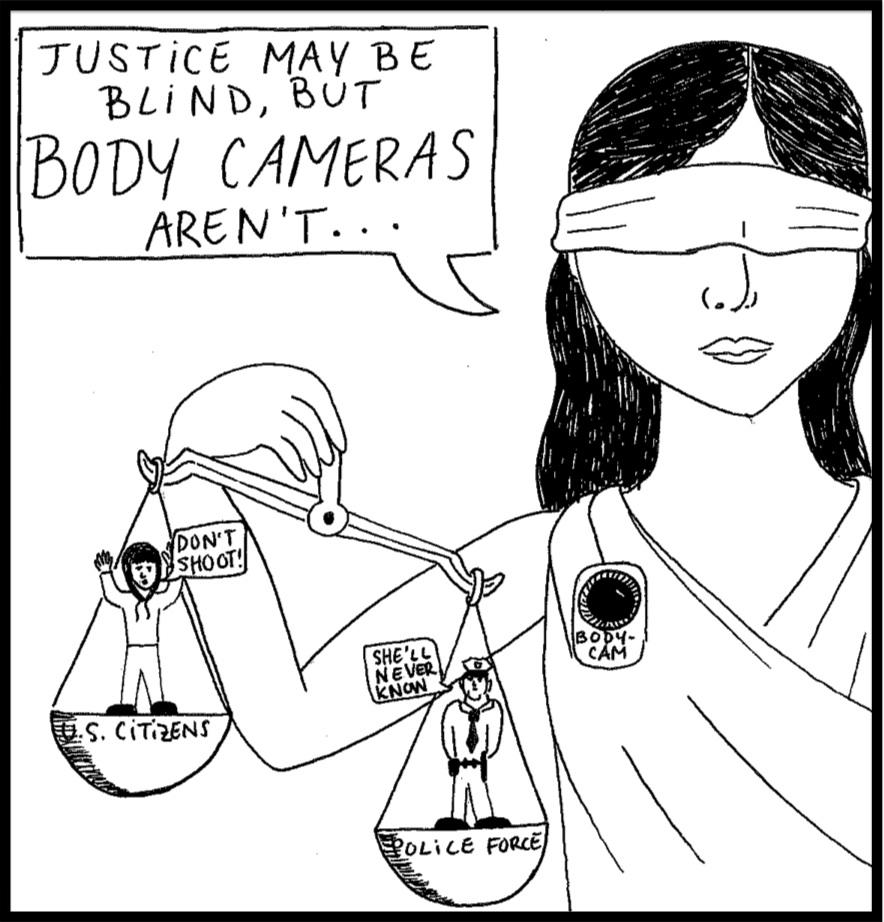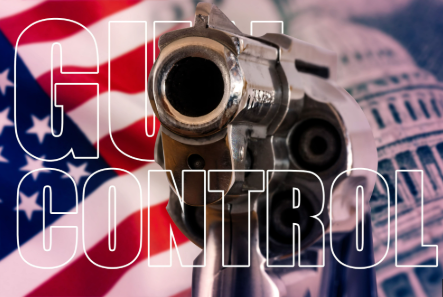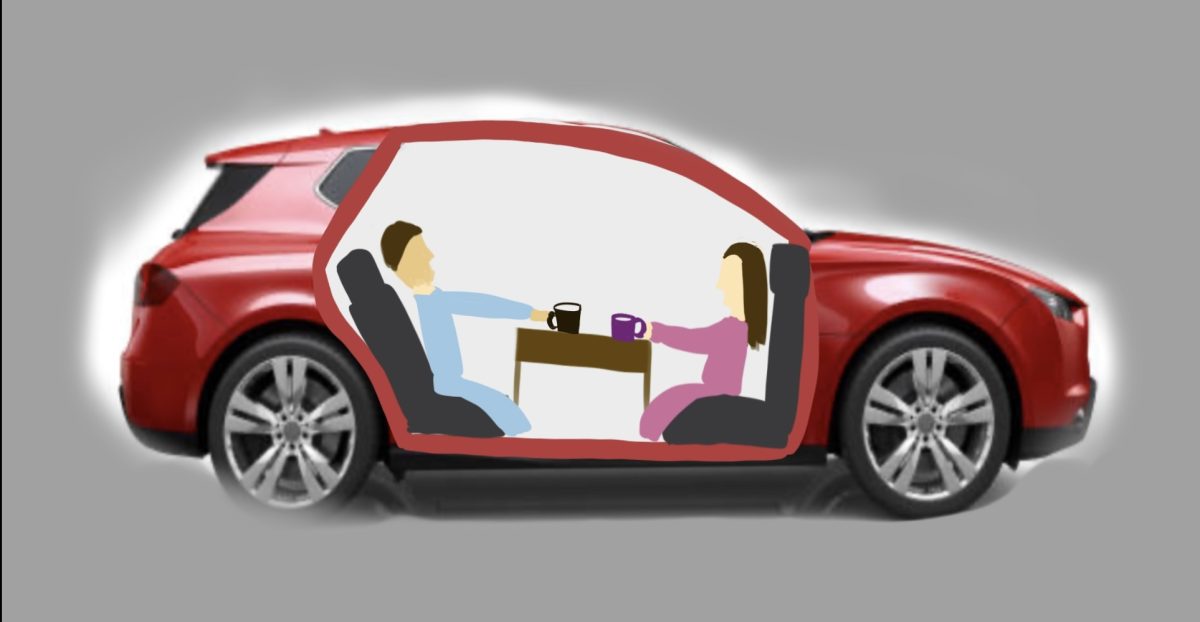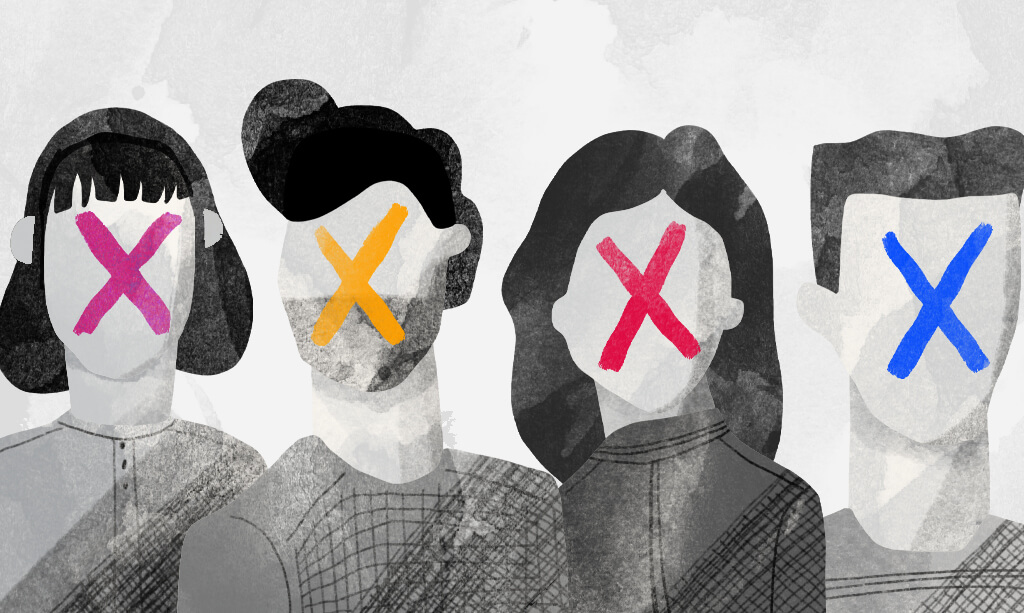
By Abigail Hile, Devin McKinney, and Andrea Traietti
43-year-old father of six Eric Garner, 22-year-old father Oscar Grant, 18-year-old Michael Brown, 17-year-old Trayvon Martin, 12-year-old Tamir Rice — All victims of police brutality. All African American. With so many unjust homicides caused by the individuals paid to uphold justice, how can the public ever learn to trust the police again?
The answer: body cameras.
Since the recent shooting of unarmed teen Michael Brown on August 9, 2014 in Ferguson, Missouri, riots have erupted all across the country due to the fact that officer Darren Wilson, Brown’s shooter, was not convicted. Rioters argue that there was an unjust trial for Wilson, and believe racism contributed to both the shooting itself and the trial. The Ferguson incident was just one example of an instance when body cameras could have allowed for a fair trial, and therefore would have prevented the present controversy surrounding the case.
Following the decision not to put Wilson on trial, Brown’s family started a campaign to try to get all on-duty officers to wear a body camera. The campaign has spread like wildfire, even reaching President Obama who requested $263 million to fund the purchase of police-worn cameras on Monday December 1.
The price of the cameras ranges from $100 to $900, which many people argue is too much to spend on the current cause. While the price is high, $263 million can allow for the purchase of a significant number of cameras. ‘Pro-Vision,’ a body camera company that is currently the number one supplier of cameras in America, sells the devices for $300. With the money that the President requested, over 876,000 cameras can be purchased from ‘Pro-Vision’. The US’s number two body camera supplier, ‘Taser,’ sells the devices for $400, allowing for the purchase of about 657, 500 cameras. The investment of the new cameras, combined with the many body and car cameras already in use, could improve trust and communication among ordinary Americans and officers.
Even more important is the fact that the purchase of the cameras can help defend American rights. Footage from these cameras could serve as evidence in court cases involving police brutality; in addition, allowing a just trial for the officer and his or her victim.
The video devices could also serve as a moral compass for the officers themselves. Officers will feel obligated to become more conscious of their actions while on duty, ultimately reducing the amount of scuffles between police officers and citizens. In the 2012 study in the Los Angeles suburb of Rialto, half of the police wore ‘Taser’ body cameras while on duty. As a result, the number of use-of-force incidents dropped by 59%.
While the cameras can not change the racist views of some police officers, or justify the deaths of people like Eric Garner or Michael Brown, they can help make officers more accountable for their actions. Only through this accountability can Americans begin to trust the police force again.














